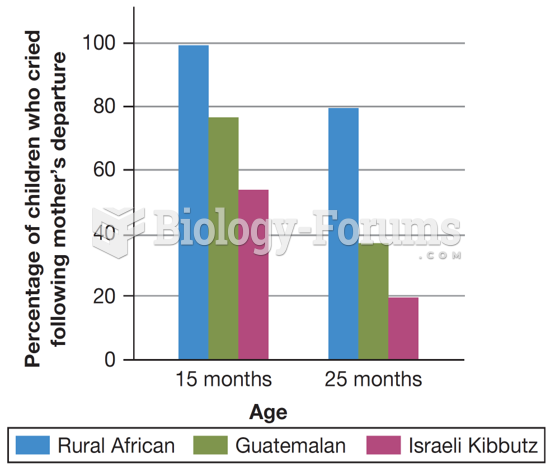|
|
|
Did you know?
More than 2,500 barbiturates have been synthesized. At the height of their popularity, about 50 were marketed for human use.
Did you know?
A strange skin disease referred to as Morgellons has occurred in the southern United States and in California. Symptoms include slowly healing sores, joint pain, persistent fatigue, and a sensation of things crawling through the skin. Another symptom is strange-looking, threadlike extrusions coming out of the skin.
Did you know?
By definition, when a medication is administered intravenously, its bioavailability is 100%.
Did you know?
The average adult has about 21 square feet of skin.
Did you know?
There are more sensory neurons in the tongue than in any other part of the body.







